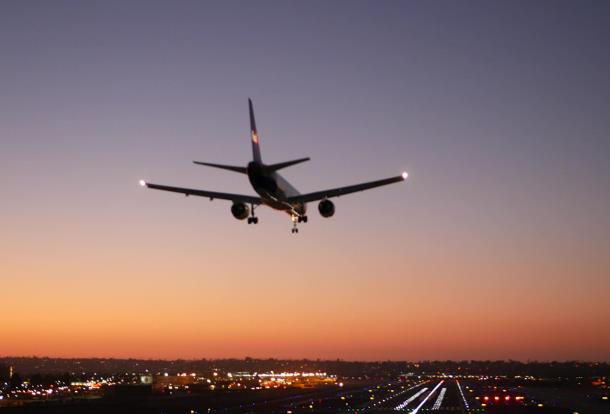ChinaTravelNews, Ritesh Gupta - Generic initiatives such as showing a video of a new aircraft or even mass personalisation aren’t enough for differentiation.
Airlines need to go for smarter, pioneering moves in order to stand out. The sector is looking at ways to make the most of:
1. Sector-specific evolution (for instance, a smart merchandising engine, dynamic pricing etc.).
2. Underlying trends that are making organisations agile and innovative (API connectivity, data-driven platform that overcomes organizational silos and even capitalizes on a digital retailing ecosystem such as Alibaba). Also, how to ensure any emerging technology can be capitalized upon – be it for blockchain, facial recognition, etc.
3. Laying a strong foundation for personalisation (behavioural profiling, demographics and personal data, historical and preference data). This should reflect in digital touchpoints – say dynamic content for an upcoming flight. “Airlines are currently behind online retailers in terms of being adept at data-driven personalisation,” says Liyan Zhao, VP China Operations, OpenJaw Technologies. This is to go with astute strategy for the airline-owned digital assets.

Liyan Zhao, VP China Operations, OpenJaw Technologies
The interplay of these 3 pillars can result in differentiation, which essentially today isn’t just about showcasing the product but rather also about identifying passengers and presenting with options that are relevant to them – as per the context, preferences etc.
Here is an example of several possibilities in one journey:
* As OpenJaw indicates, it is time airlines target the “second wallet” of travellers that essentially features buying meals, insurance, transfers, taxis, events etc. So if airlines intend to offer trip essentials (including air ancillaries and non-air ancillaries), they need to be proficient in sourcing content/ inventory (ensuring there is de-duping of all records to ensure accurate data and listings), plan for efficiency (no need for special parsing of URLs while sourcing content/inventory) and speed (response time to a query) in travel distribution.
* Along with this airlines can look at contextualisation and personalisation to come up with a relevant offer whenever a query from a user comes.
* As for an airline-specific offer management system, it should consider all the data points, run them through analysis and business rules, check availability and applicability, bundle the offer items, calculate the pricing, and deliver it along with branding and rich media to the passenger.
* Now if an airline is also looking to the IATA’s OneOrder concept (intends to replace the multiple and rigid booking, ticketing, delivery and accounting methods, using the data communications advances made possible by the implementation of the New Distribution Capability or NDC), then one can explore how PSS would pass on information to a platform, where master record would be stored. So airline would be ready to serve the passenger at the airport or any digital channel. Also, if a passenger interacts with any 3rd party channel (e.g. be airline’s account on WeChat or Twitter), then also the airline should be able to respond.
So this is how interplay of all 3 pillars would result in differentiation of content, product, offer as well as experience optimisation.
Mr. Zhao talked to ChinaTravelNews.com on Airlines' differentiation strategies in a video clip:




